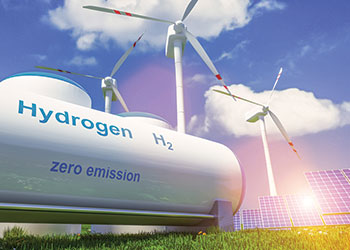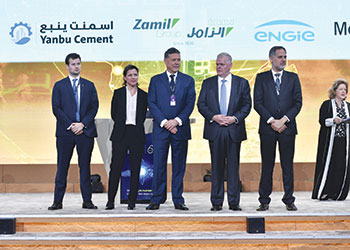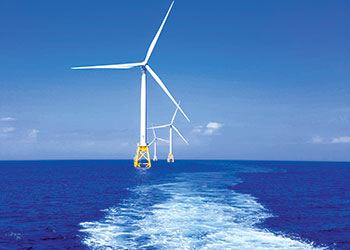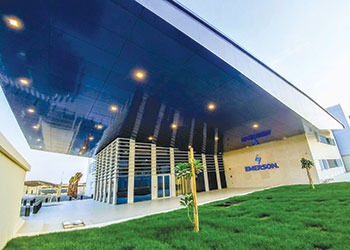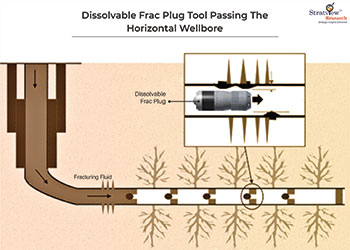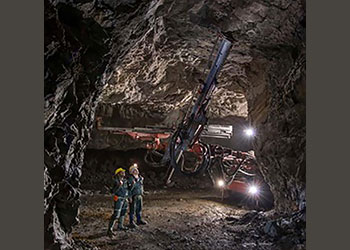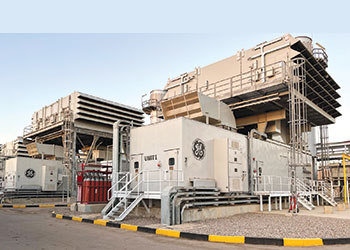
 Data centres are finding innovative ways to offset ESG challenges
Data centres are finding innovative ways to offset ESG challenges
The breadth of ESG means there is no single technology that will help organisations meet the steep challenges, and instead requires a systems approach for an integrated and holistic perspective of the organisation’s material concerns, writes Graham Freeman from Intelex Technologies
Technology innovation is a critical component of achieving environmental, social and governance (ESG) goals like reducing carbon emissions and creating a sustainable future.
As it currently stands, the scientific predictions are that the world stands at a tipping point between sustainability and severe disruption.
Take, for example, the following:
• A study of Earth’s weather suggests that climate change will soon push the Earth System into chaotic climate patterns that move rapidly from one extreme to the other with no predictability.
• Heat waves exacerbated by climate change could soon make regions of the Earth uninhabitable.
• Increasing urbanisation in the US suggests 87 percent of people will live in cities by 2050, putting significant strains on infrastructure and resource consumption.
While technology promises to have a significant impact on mitigating these outcomes, it won’t be without cost, since technology solutions can sometimes cause as many problems as they solve. For example, large-scale technology applications, like data centres, require significant resources and contribute to greenhouse gas (GHG) emissions.
Navigating the balance between these two impacts will be a profound challenge for today’s technology innovators.
This Insight Report by Intelex, a leading developer of EHS and quality software, looks at the role of technology innovation in ESG, including why we should embrace it, what it looks like and how current technology offerings can help organisations meet their ESG goals while achieving strategic business value.
The justification for investing in ESG innovation can be summed up in one word: risk.
ESG has fundamentally changed the way we think about the threats and opportunities risk presents. Traditional risk assessment strategies have been based on threats that are predictable, contemporary and knowable.
However, ESG risks can extend decades into the future or can be buried deep within the global supply chain.
Climate change, for example, will continue to develop over the next several decades, culminating in unknown disruption to the global environment.
Technology innovation for collecting and reporting data, reducing emissions, automating processes and performing due diligence will be important components of meeting these new demands.
At the same time, this new world of risk provides rich opportunities for those organisations with the incentive and vision to meet the challenge.
Eco-innovation and green patents for technology to reduce emissions and create process efficiencies that eliminate waste have a positive impact on improving ESG ratings and performance for organisations that invest in research and development.
Technology as a solution to ESG risk is not as simple as it might seem: Technology requires computing power, which consumes resources; data centres power the cloud applications that support technology innovation, but they also consume considerable energy, which contributes to carbon emissions from energy producers.
As is often the case with risk, threats and opportunities can go hand-in-hand, which means it’s important to ensure embracing an opportunity doesn’t create an equal or greater threat.
In some cases, the industries that are responsible for ESG threats are the same ones that are doing the most to mitigate them. The majority of ESG innovation, including green patents, comes from the energy sector.
Oil and gas are often vilified as the primary contributors to the looming environmental crisis. At the same time, they are more likely to produce high-quality green patents than organisations with high ESG ratings in other industries, despite the fact that oil and gas are frequently excluded from ESG funds.
While green innovation can require considerable costs at the outset, the return on these investments can exceed the costs over the long term through improved performance, positive corporate image and commercialisation possibilities.
WHAT DOES ESG INNOVATION LOOK LIKE?
When it comes to ESG, we often hear a great deal about reducing emissions and reporting on data. While these are critical components of ESG innovation, there are many other areas in which innovations like artificial intelligence (AI), digital twins, the Industrial Internet of Things (IIoT) and automation can have a significant impact.
Some areas and the possible applications that will support them include supply chain sourcing and logistics (logistics optimisation, delivery schedules, etc); circular economy (product carbon footprint, lifecycle analysis, etc); net-zero energy emissions (carbon accounting reporting, continuous emissions monitoring, etc); operations and maintenance (real-time asset performance monitoring and visualisation, predictive maintenance, etc) ; empowered workforce ( hazard alerts and detection, immersive virtual learning, etc).
Reducing energy consumption and waste: As mentioned previously, data centres support technological innovation to achieve ESG goals while at the same time contributing to emissions with the amount of energy they require.
In addition to the electricity needed simply to run the facility, hyperscale data centres produce significant amounts of heat, which requires energy-greedy temperature control systems. Data centres are finding innovative ways to offset these challenges, including replacing servers with more efficient units every three to five years; designing semiconductors specific to applications to reduce required power; improving efficiency of air-conditioning units; optimising energy and water use through AI.
AI can also be used in conjunction with cloud computing to move data tasks anywhere in the world and take advantage of renewable resources like wind and solar to reduce emissions generated by data workloads.
According to International Data Corporation (IDC), ongoing adoption of efficient cloud computing in hyperscale data centres could reduce carbon dioxide emissions by more than 1 billion metric tons between 2021 and 2024.
Technology providers like Google and Apple are implementing innovative solutions to manage their product lifecycles and reduce waste sent to landfills. For example, Google’s servers are designed for reuse and recycling. At the end of their lifecycles, they are dismantled, and the parts are put into inventory or sold into secondary markets, while whatever is left over is disposed of.
Apple disassembles 1.2 million devices each year to be recycled or sold as refurbished units. It also reclaims cobalt from old batteries to create new ones.
Artificial Intelligence (AI): The powerful data management capabilities of AI have the potential not only to respond to environmental events, but to predict the impact of human behaviour on ecosystems, which can assist with environmental protection and conservation, including biodiversity, ecological sustainability, air quality and disaster resilience.
Technology innovation to support ESG: The breadth of ESG means there is no single technology or application that will help an organisation meet the steep challenges of data collection, analysis, reporting, process efficiency or the many other components that make up ESG.
Instead, ESG requires a systems approach, in which technology that meets specific needs provides an integrated and holistic perspective of the organisation’s material concerns.
CONCLUSION
The increasing prominence of ESG presents risks for global organisations. While there are significant threats in the form of climate-induced global disruption and strict requirements for compliance and reporting, there are also rich opportunities for commercialised technology innovation.
For organisations to thrive in an unpredictable marketplace, it will be necessary to embrace innovative technology that will help them solve sustainability challenges and find new opportunities to generate value.
* Graham Freeman is a Senior Content Manager at Intelex Technologies, ULC in Toronto, Canada. He has written extensively on topics such as quality, health and safety, environmental sustainability and knowledge organisation.






















































































